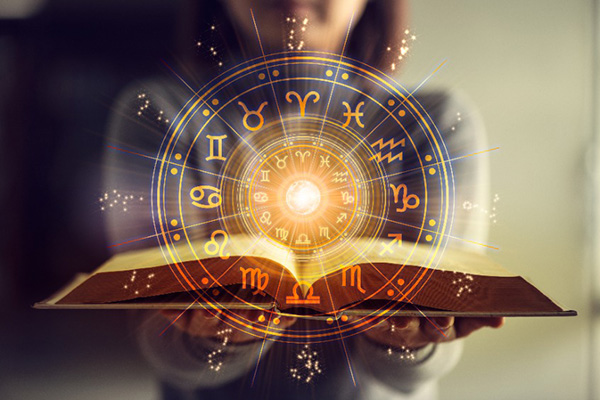chart
Make The Most Of Your Next Saturn Return
 Saturn can be a very challenging, difficult planetary influence because of the astrological phenomenon known as Saturn Return, which occurs every 27 to 30 years, which is the duration of its orbit around the Sun back to the same place in the galaxy where it was at the time of our birth. It literally returns to the same zodiac sign, degree, and house.
Saturn can be a very challenging, difficult planetary influence because of the astrological phenomenon known as Saturn Return, which occurs every 27 to 30 years, which is the duration of its orbit around the Sun back to the same place in the galaxy where it was at the time of our birth. It literally returns to the same zodiac sign, degree, and house.
The three Saturn Return in our lifetime occurs around the ages of 27 to 31; 56 to 60, and 84 to 90. Although it is possible to estimate your dates using an online calculator, it may be best to have it calculated by an experienced astrologer.
This major astrological aspect is not to be taken lightly. Saturn Return is associated with major life transitions and personal upheaval. Such as relationship breakups, divorce, relocations, health challenges, and major career, business, or lifestyle changes.
It is a highly self-reflective time when we must contemplate our path, evaluate the choices we have made thus far, and carefully consider what is no longer serving us. People often get sober, get divorced, get married, change jobs, or decide to have children during this time.
Saturn Return exposes our dysfunctional habits and past mistakes, and we gain a new perspective on our life. If we carefully work through these challenges and redefine ourselves on a deeper level, we are empowered to move into a new and improved next chapter of our life.
My first Saturn return included personal growth and healing work brought on by two dysfunctional relationships.
The first was a crush I had on an older boy when I was 11 years old. I have since been shown that I have shared several past lives with him. This time he wanted nothing to do with me, because I was just the “weird psychic kid.”
A Brief History Of Astrology
 The energies of the planets and stars affect us on many levels every day, whether we were aware of it or not. The earliest humans looked especially to the movements and phases of the Sun and Moon to guide them in their decisions about when to hunt, when to plant and harvest, and when to prepare for winter or migrate.
The energies of the planets and stars affect us on many levels every day, whether we were aware of it or not. The earliest humans looked especially to the movements and phases of the Sun and Moon to guide them in their decisions about when to hunt, when to plant and harvest, and when to prepare for winter or migrate.
From this evolved the practice and study of Astrology. The early civilizations of Mesopotamia were the first to observe the patterns formed by stars in the galaxy as long ago as 3000 BC, while Indian astrology began to emerge as far back as 1200 BC.
The original astrologers identified five ‘wandering stars,’ which together with the sun and moon became the seven original ‘planets.’ More planets were of course identified over time, as technology advanced to introduce the telescope and other astronomical devises.
The Babylonians are generally credited for first developing formal Astrology, because they developed astrological charts to predict the recurrence of the seasons and certain celestial events. Centuries later, Ancient Egypt and Greece discovered Babylonian Astrology, where it soon became highly regarded as a science and was eventually also embraced by the Romans, as well as in the Middle East. In time, its popularity spread throughout the rest of the world. Today, we still use the Roman names for the zodiac signs.
Meanwhile, separate systems of Astrology also emerged in India, China, and Mesoamerica. It remains unclear whether the Babylonian, Indian (known today as Hindu or Vedic Astrology) and Chinese systems of Astrology evolved in isolation and independently, or whether they mutually influenced each other. There are many similarities between these systems, but also many distinct differences. Scholars have been studying and debating this for centuries, but the matter remains inconclusive.